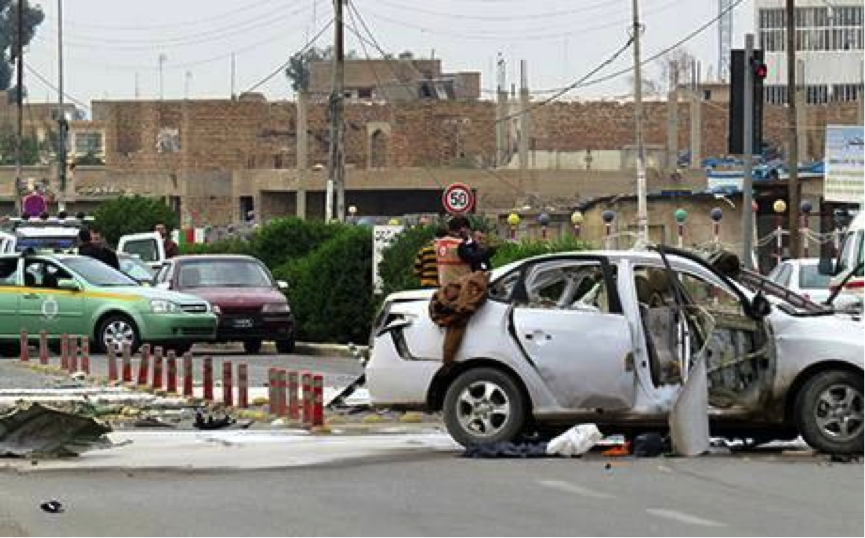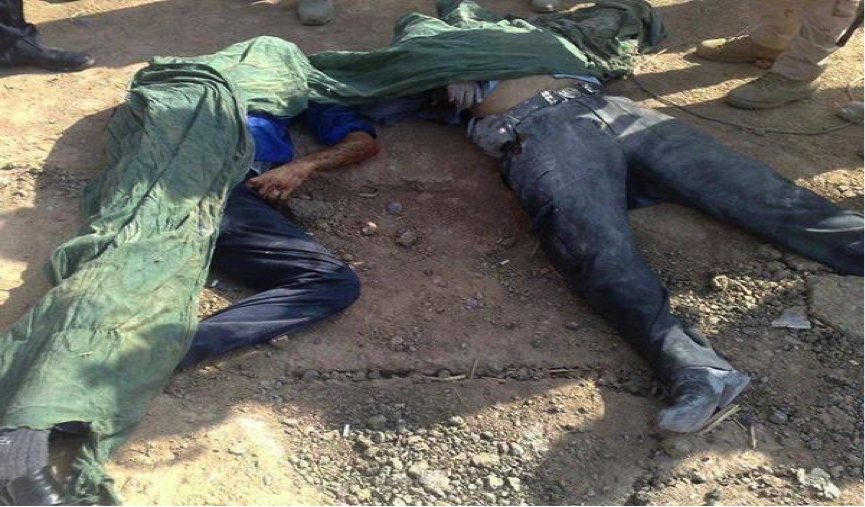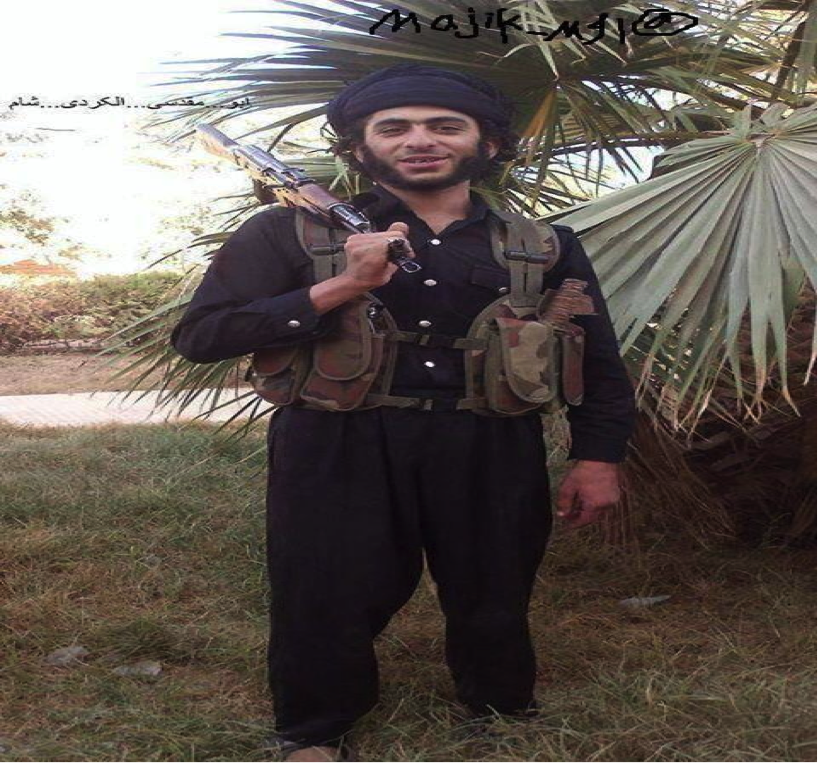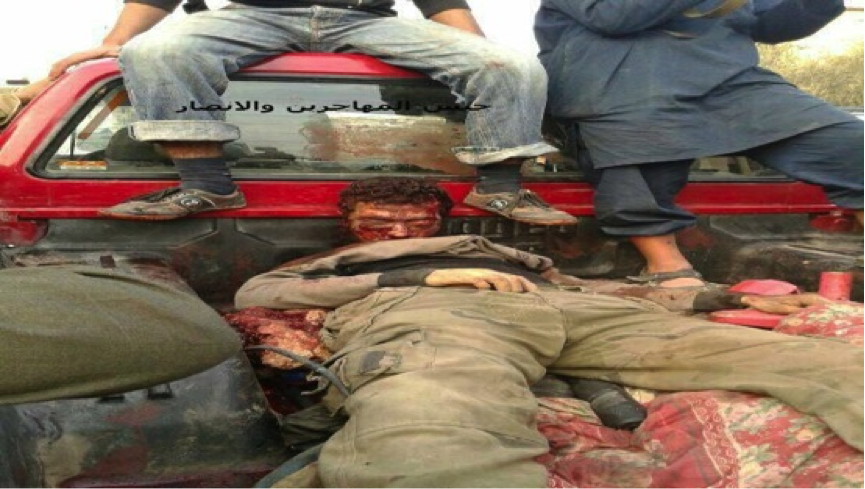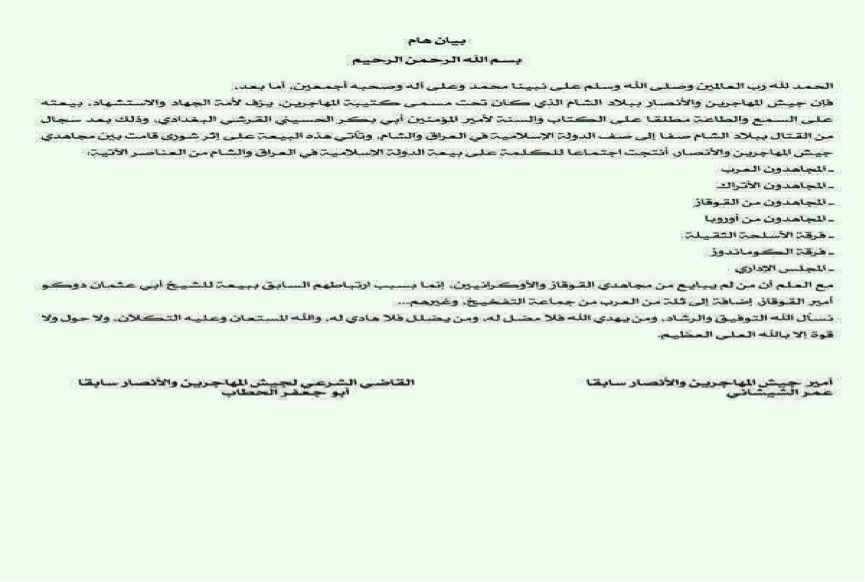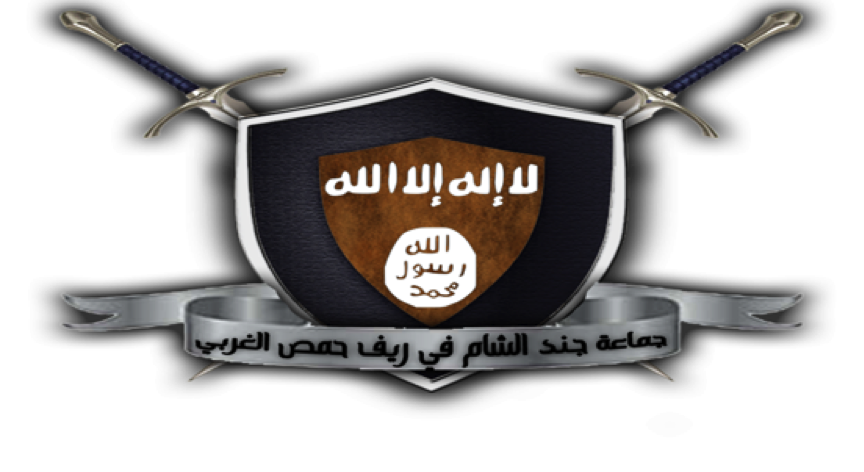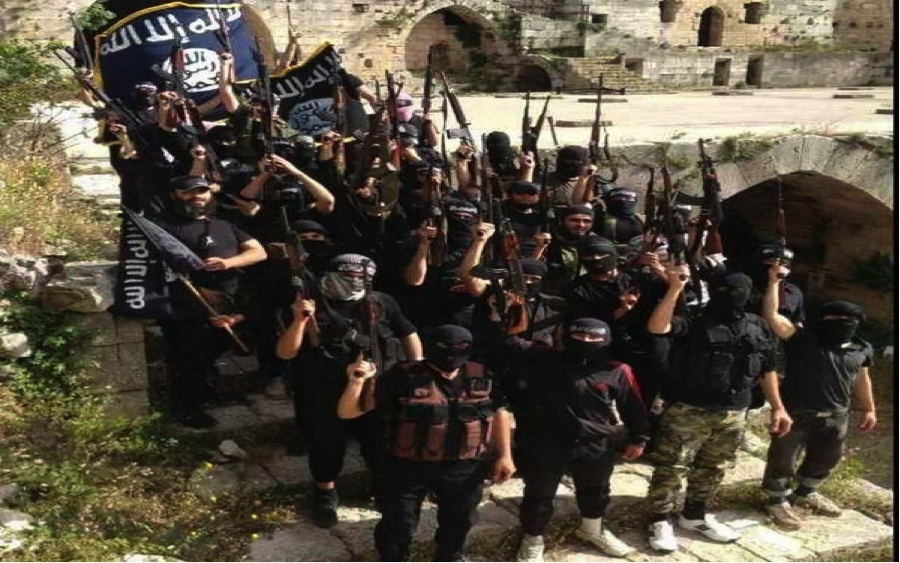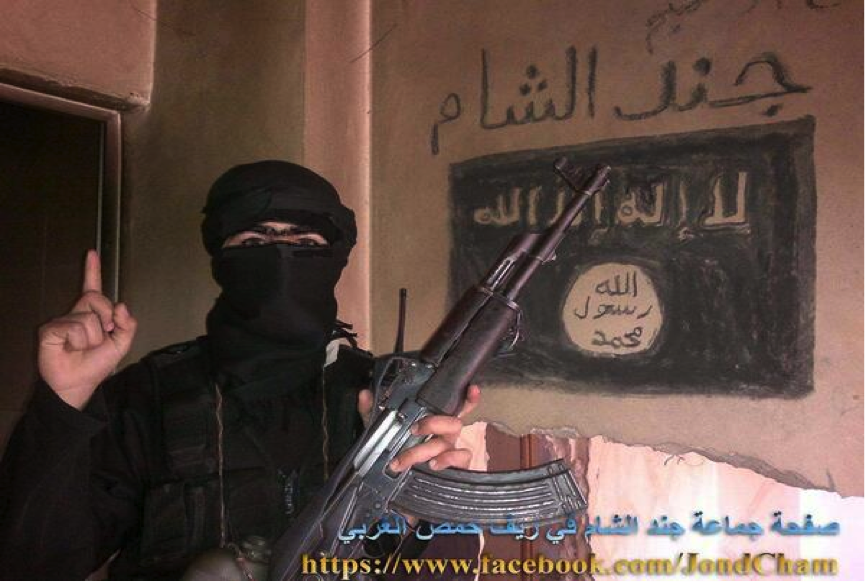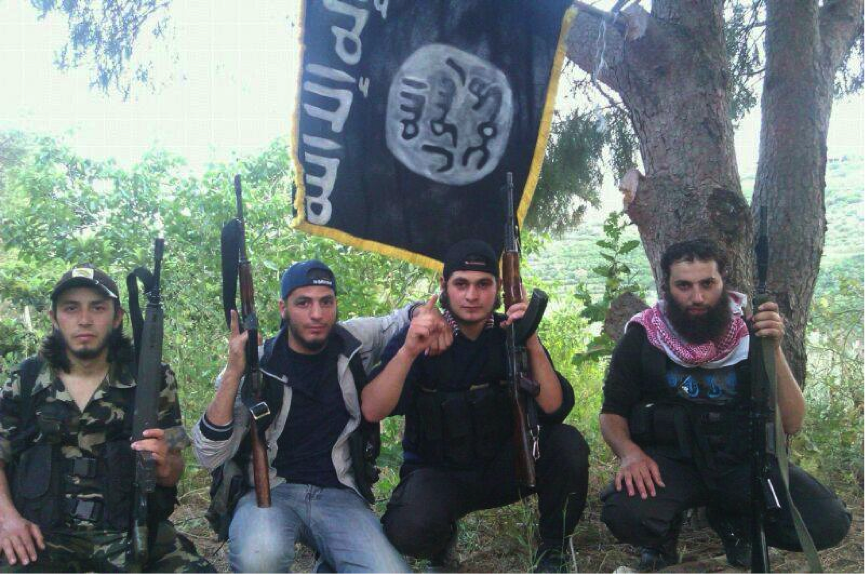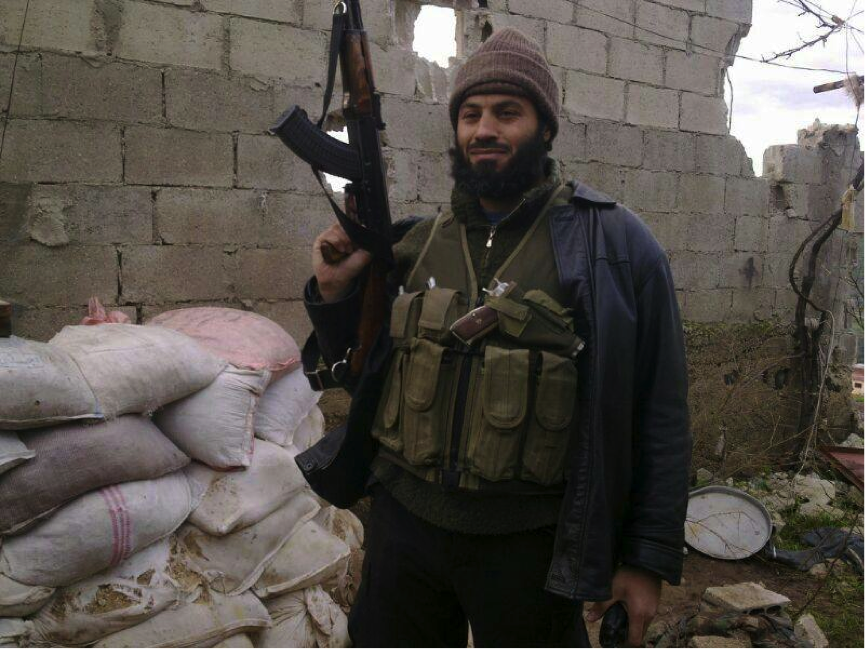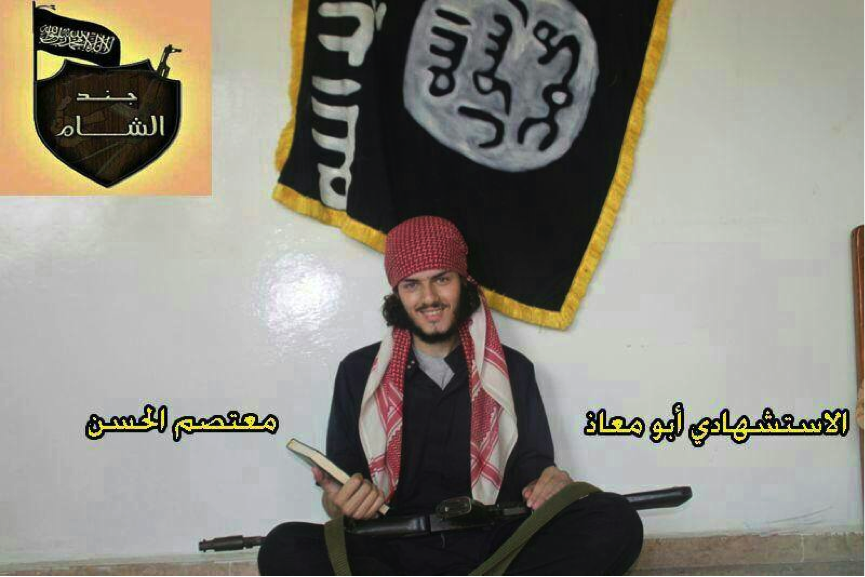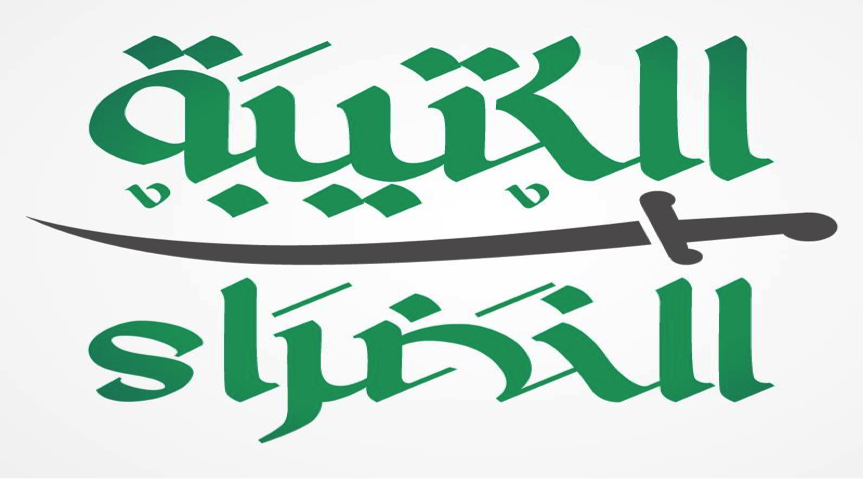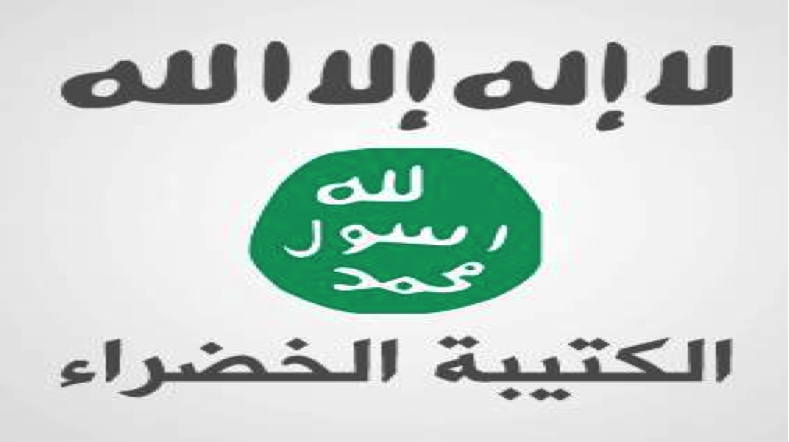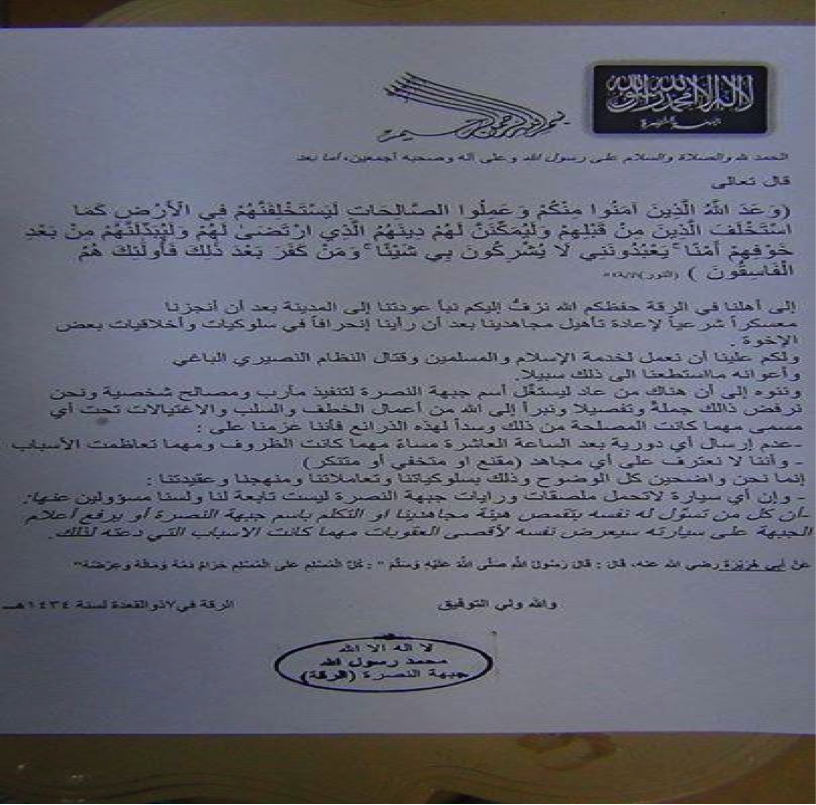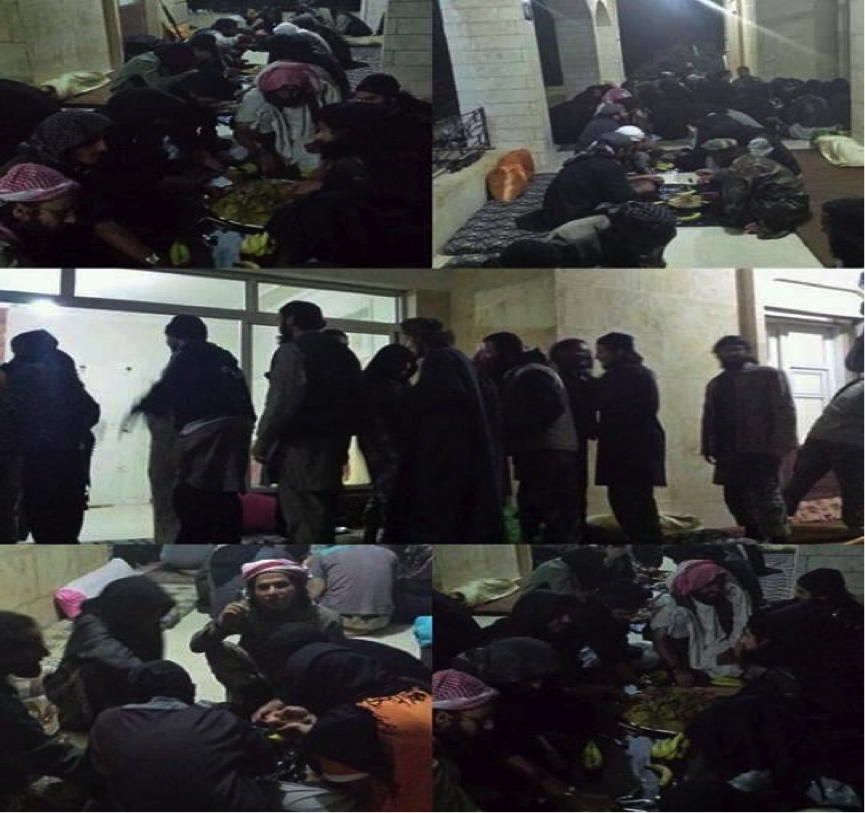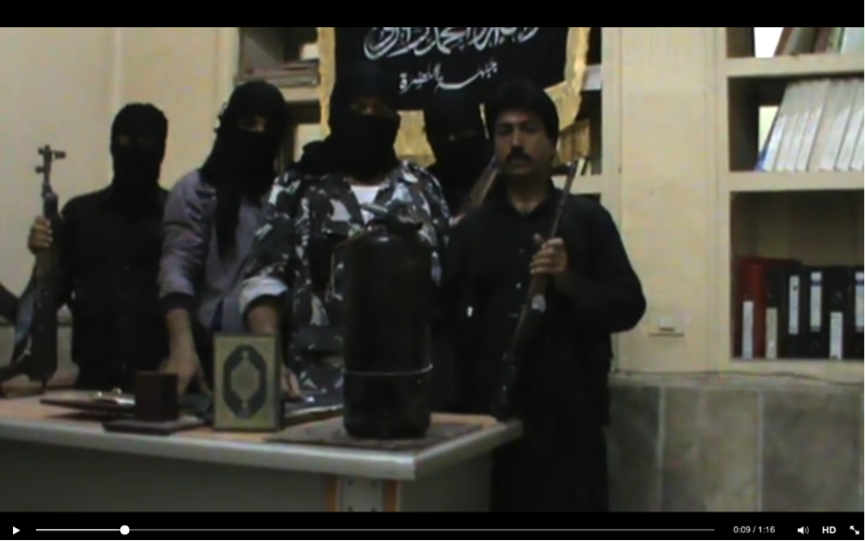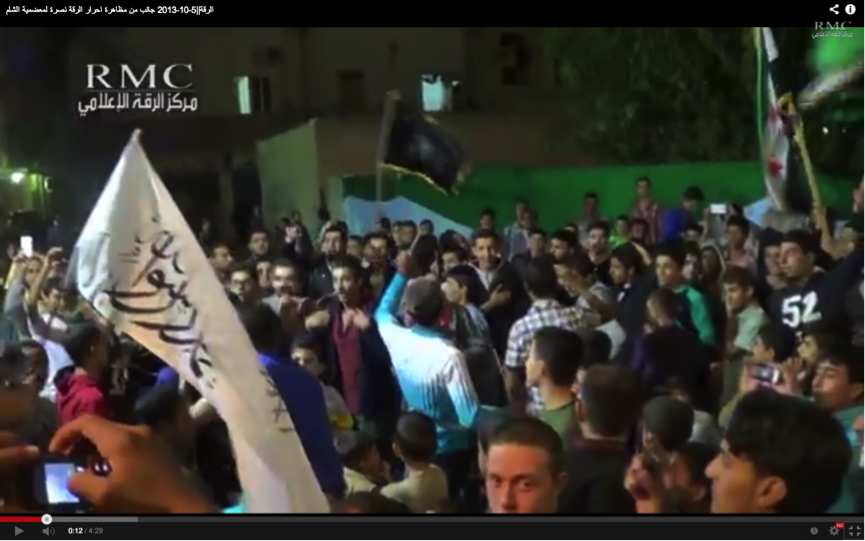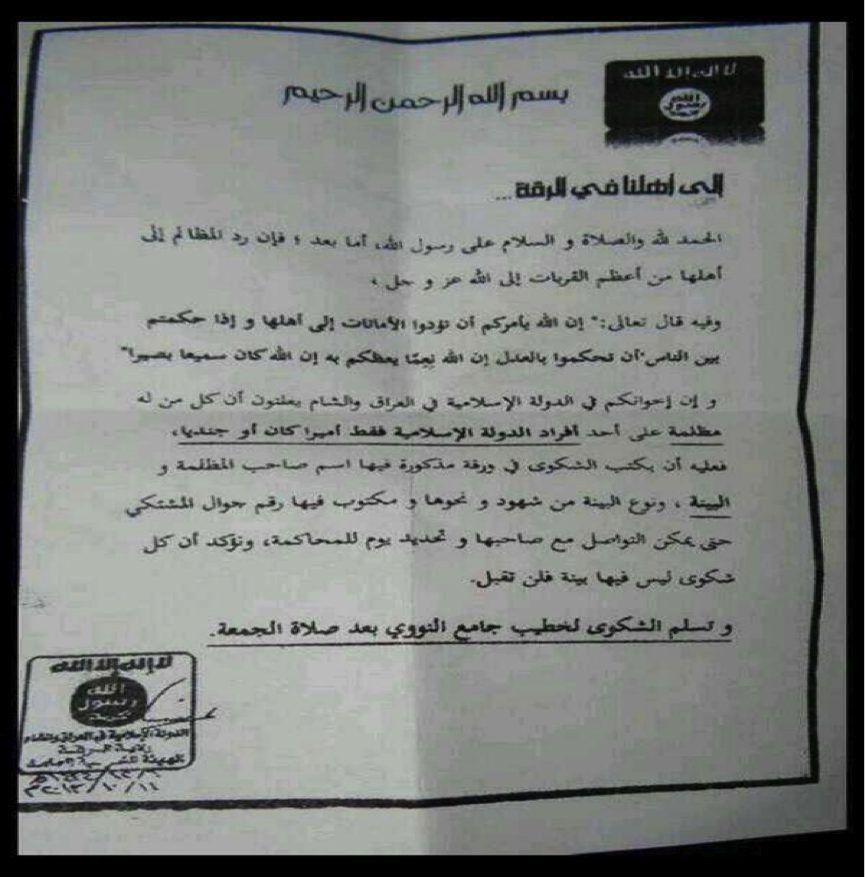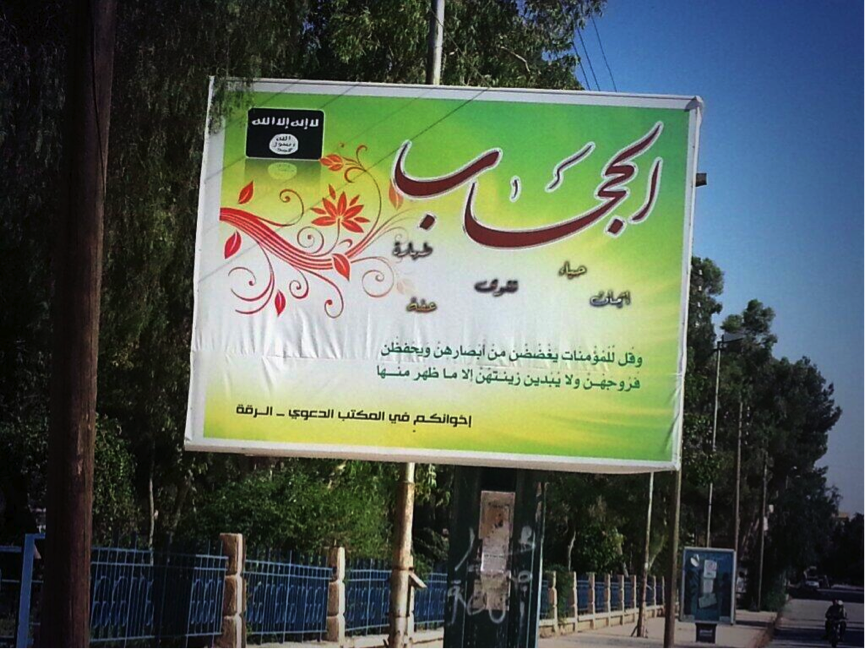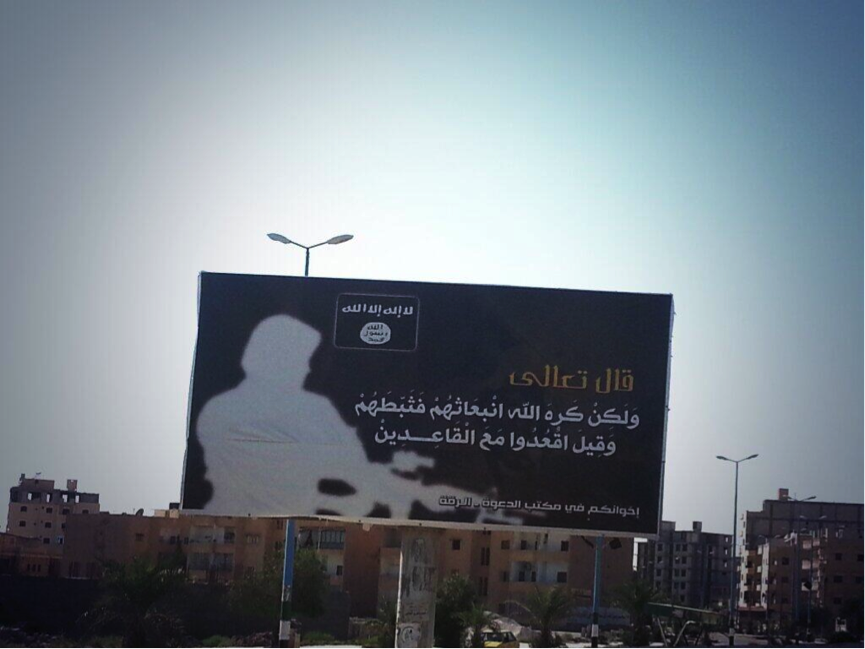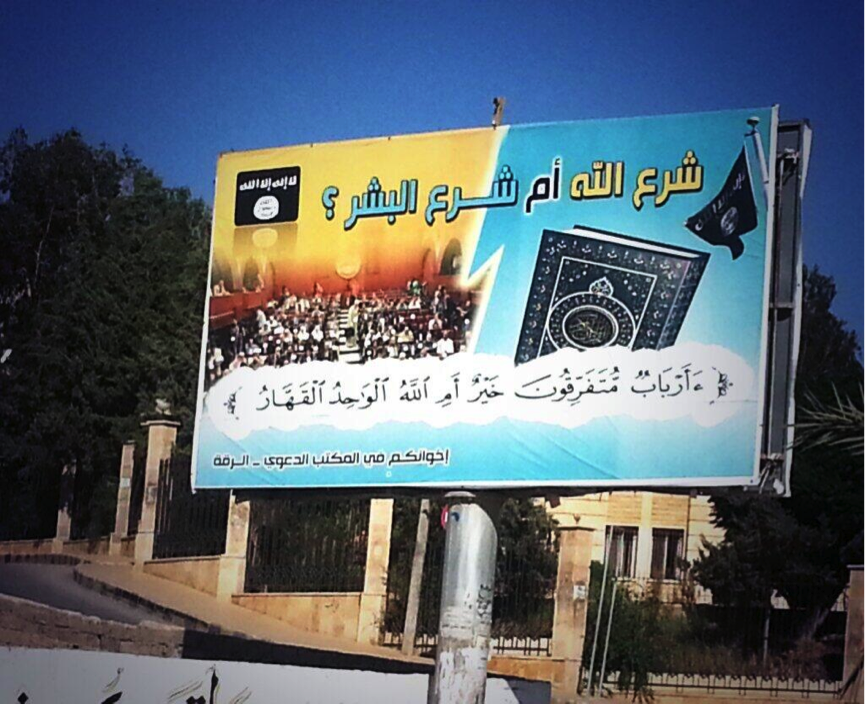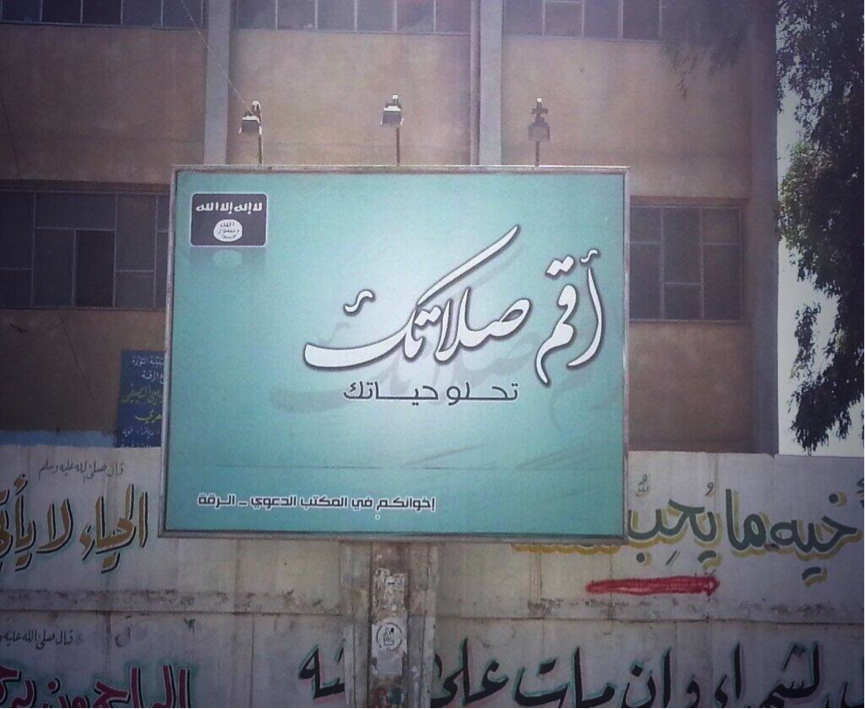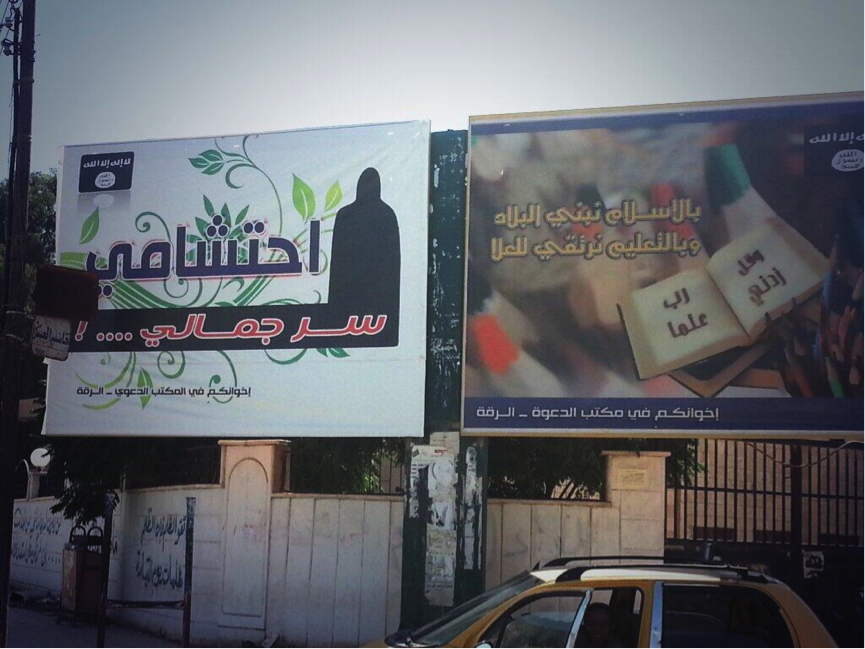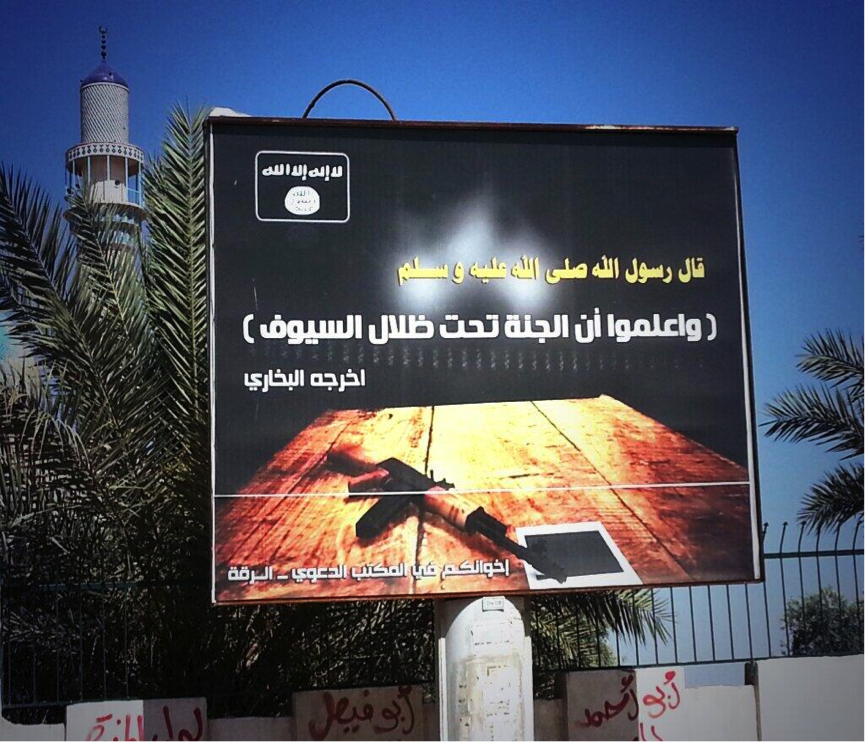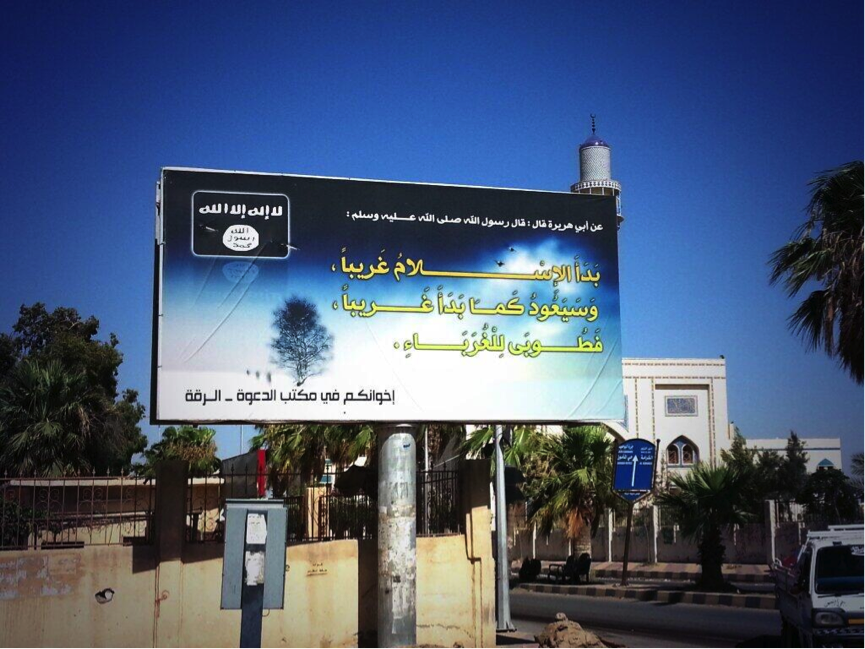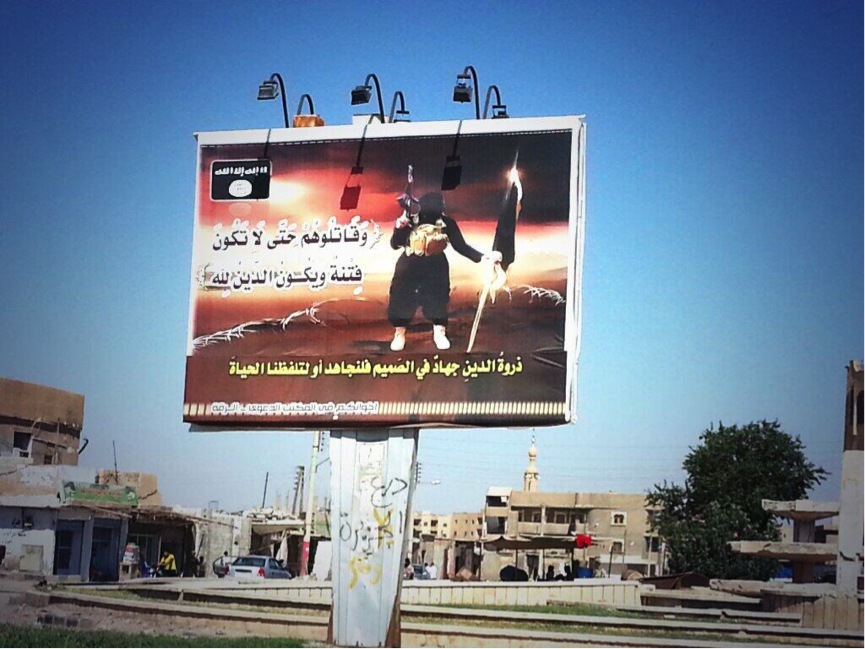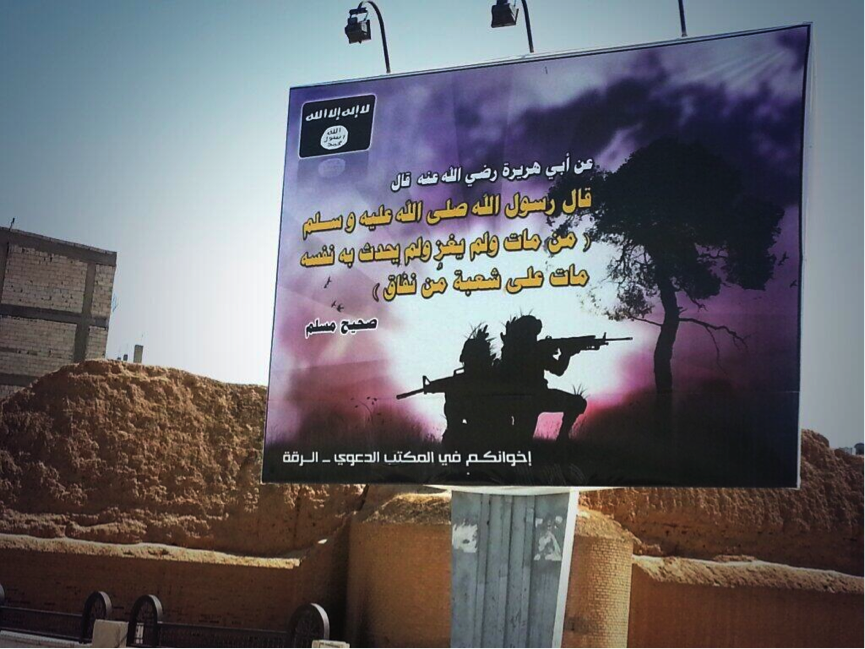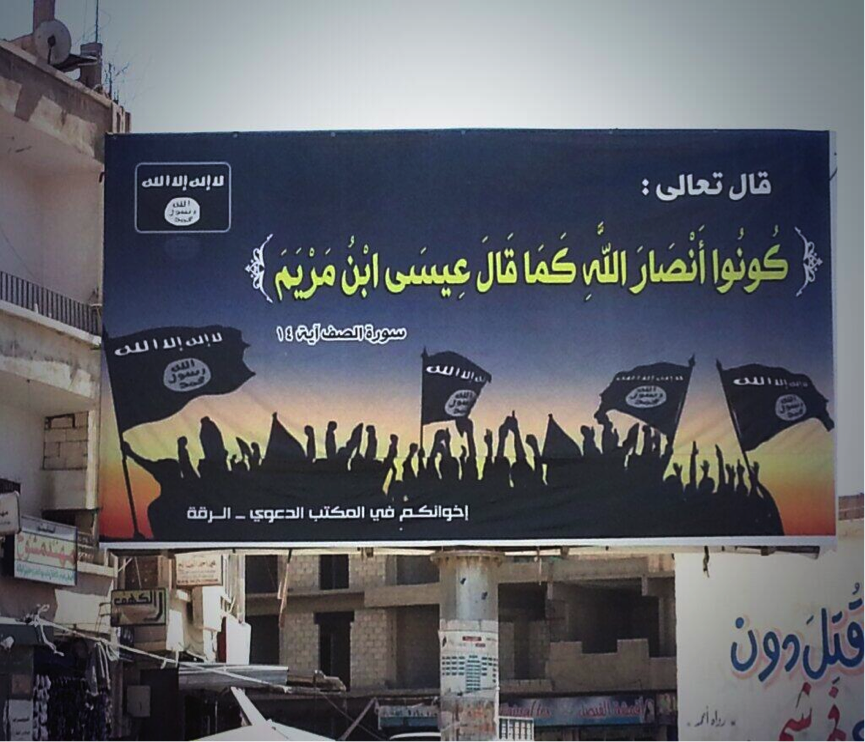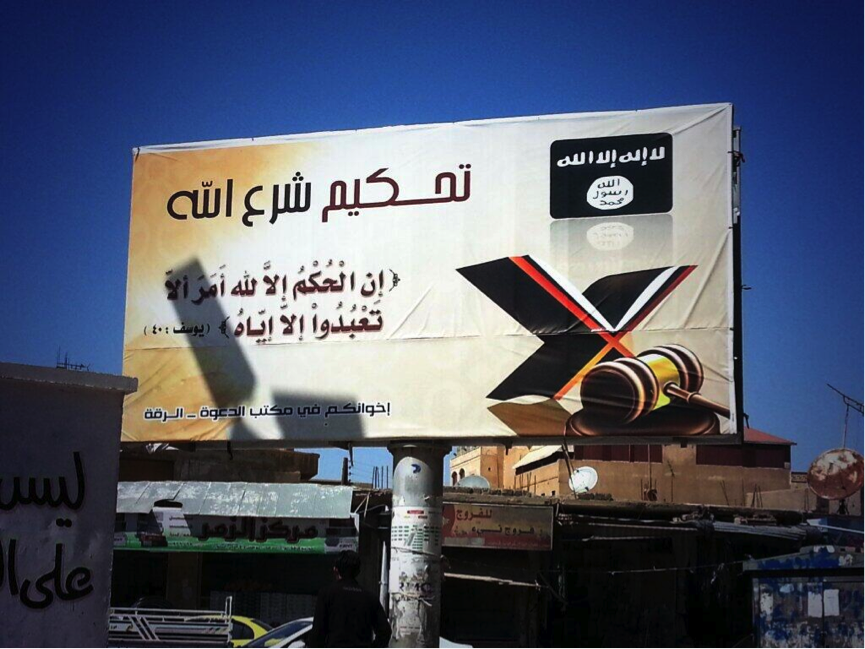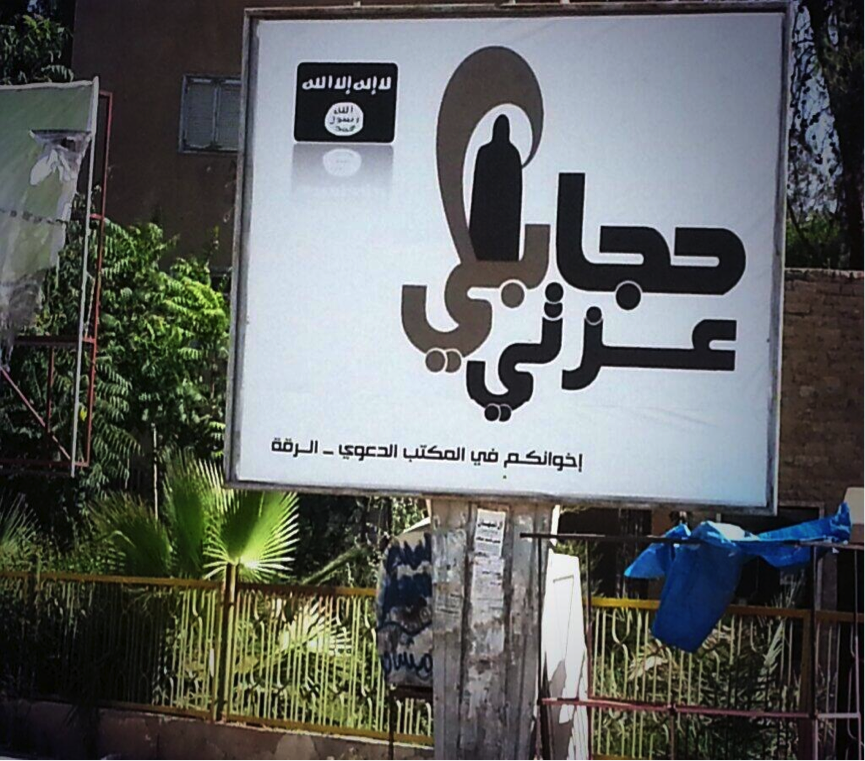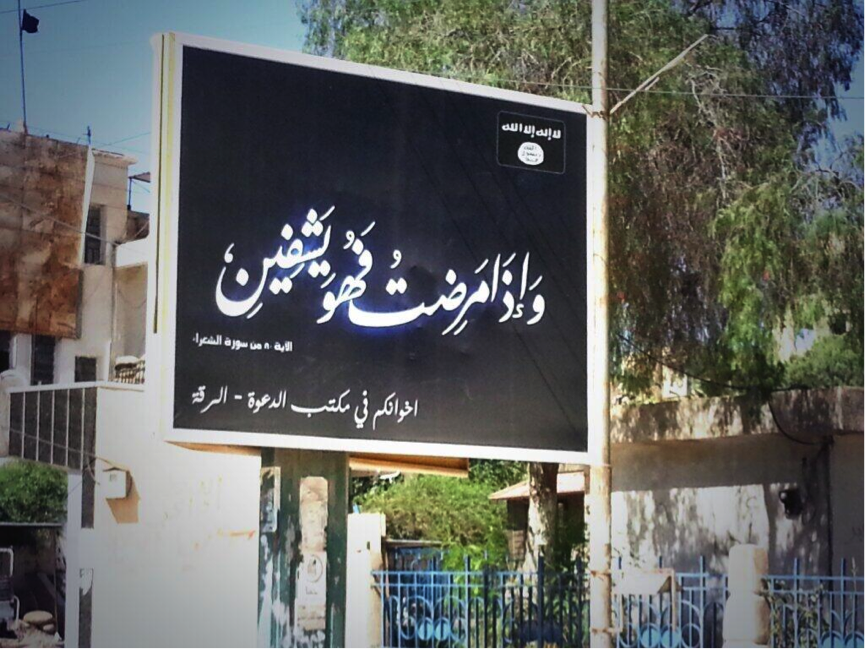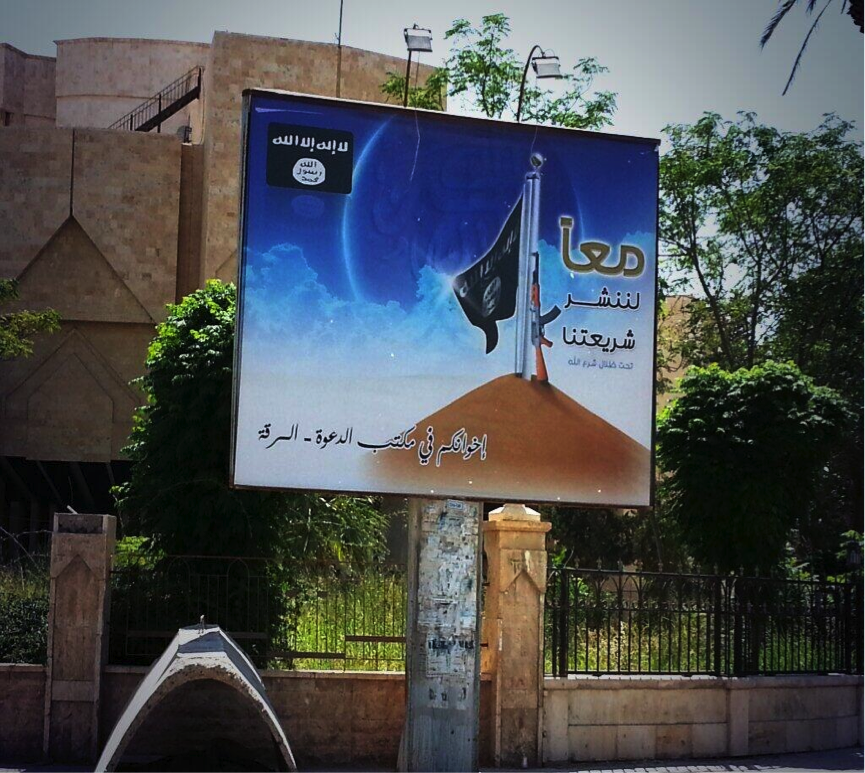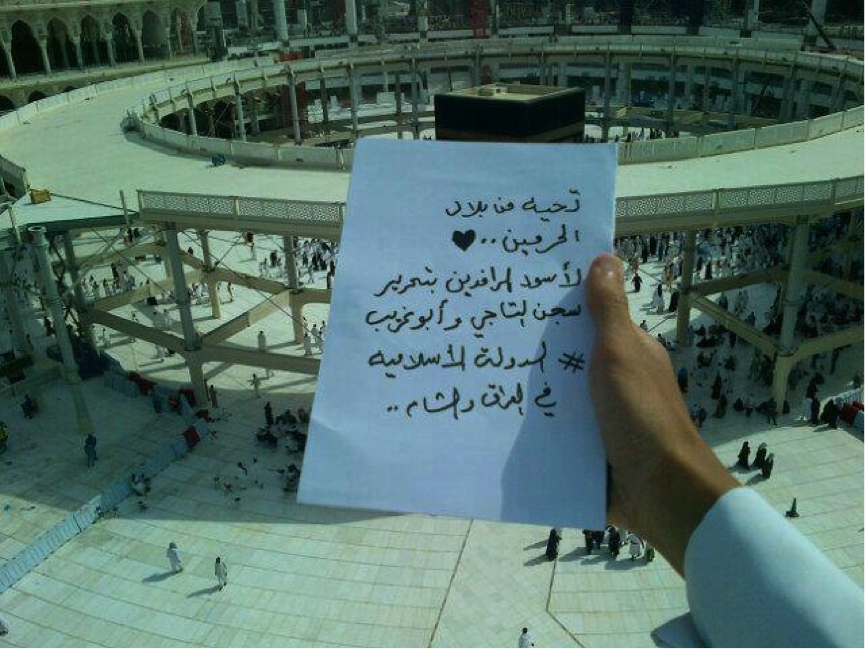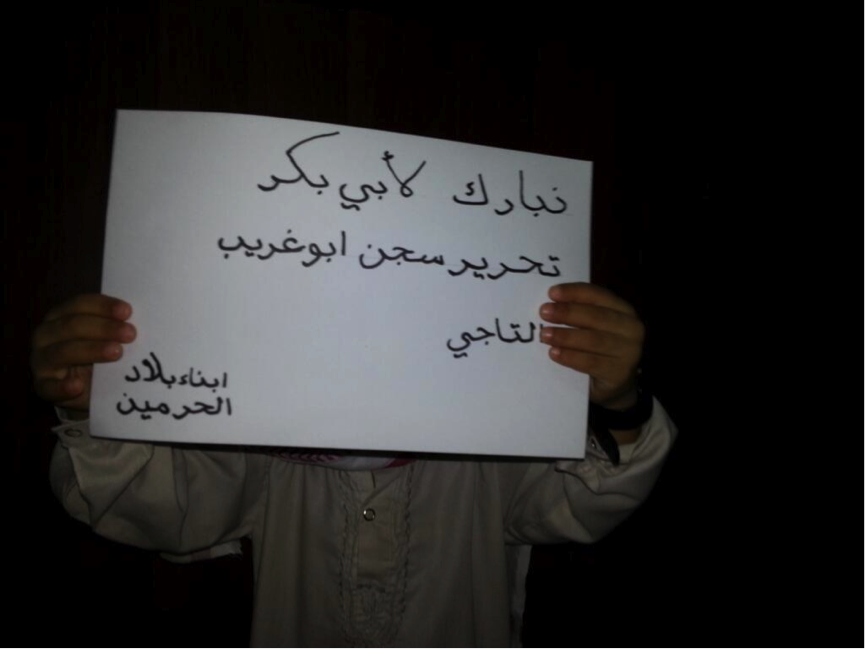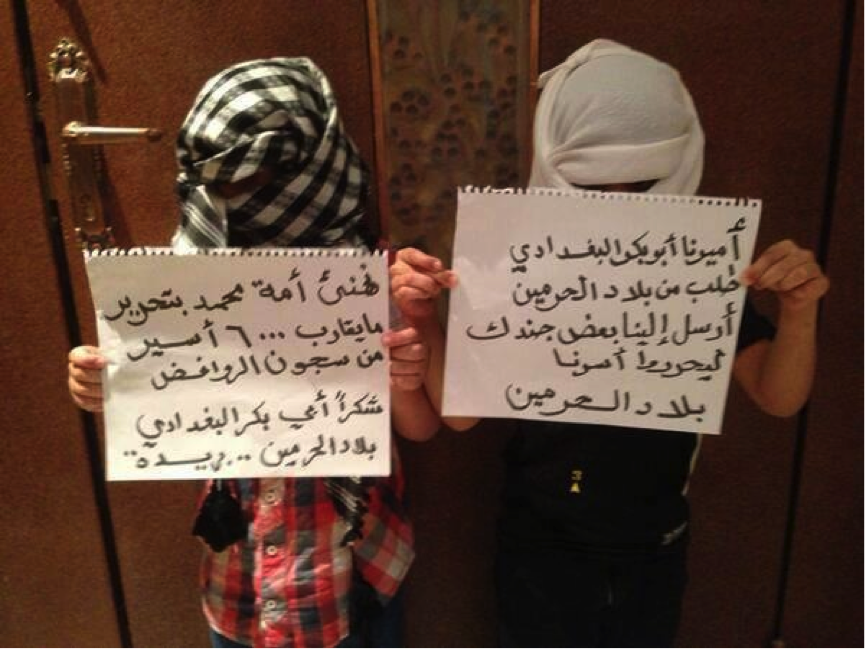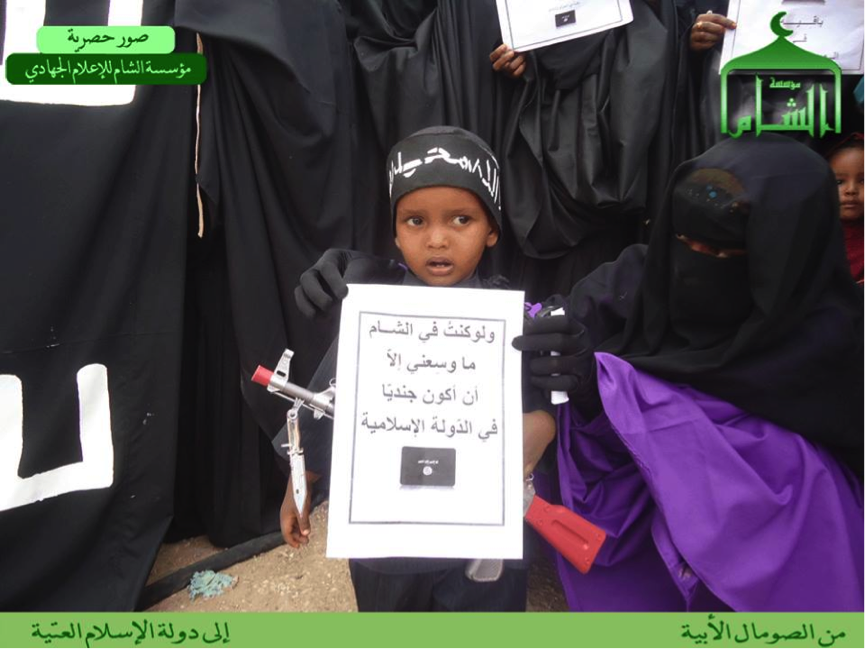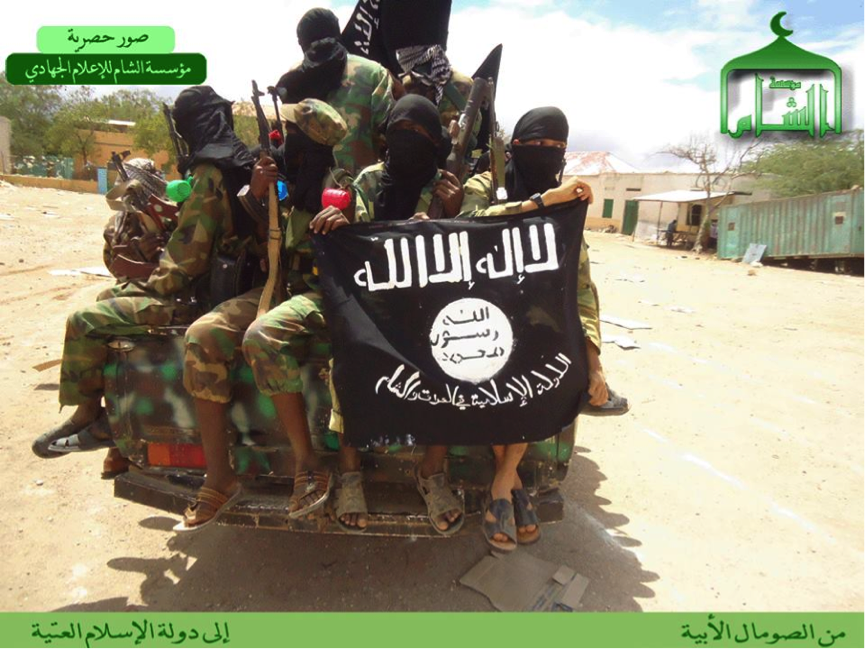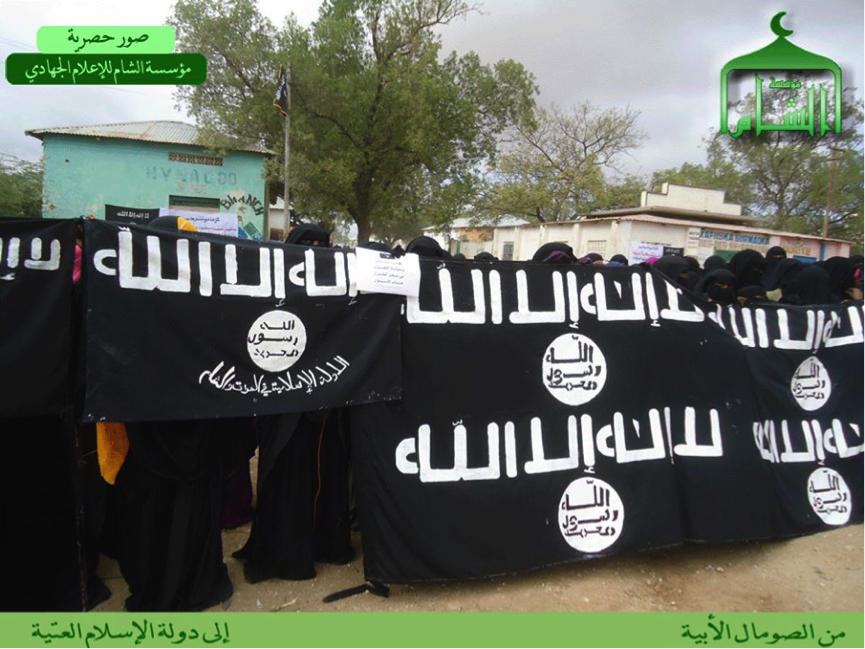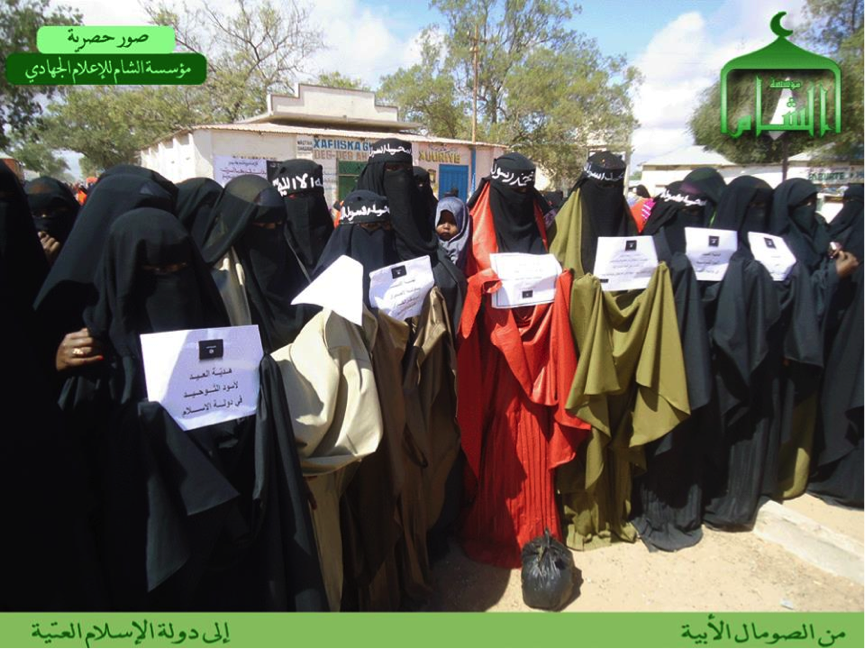NOTE: An archive of the Musings of an Iraqi Brasenostril on Jihad column can be found here.
—
Interview with the leader of Iraq’s Jaysh al-Mujahideen: Abd al-Hakim al-Nuaimi
By Aymenn Jawad Al-Tamimi
Jaysh al-Mujahideen- not to be confused with the Ikhwani Islamist/Salafist rebel coalition of the same name in Aleppo province- is one of Iraq’s older insurgent groups, now revived in the face of a renewed Sunni insurgency. The Iraqi Jaysh al-Mujahideen tends not to advertise itself openly on social media. However, like Syria’s Jaysh al-Mujahideen, this group stands out- together with Jamaat Ansar al-Islam- for its known tensions with the Islamic State of Iraq and ash-Sham (ISIS: I will translate the relevant statement from the group’s Shari’a Committee later). Yet unlike Jamaat Ansar al-Islam, Jaysh al-Mujahideen has kept a low social media profile.
Recently (8 March), in light of the revived activity, some questions were put to Jaysh al-Mujahideen’s media committee, which were then directed to the group’s leader, whose tribal name suggests origins in northern Iraq (my own maternal lineage- from Mosul- is also Banu Nuaim).
Interestingly, ISIS is not mentioned once in the interview, but rather the interview suggests tensions with the Islamic Army of Iraq, even as the ideological outlook here is not unlike that of the mainstream Sunni insurgency in Iraq, such as belief in an Iranian conspiracy- in alliance with the West and/or Jews- against the Sunnis, and expressing solidarity with the rebellion in Syria. In response to this interview, the Islamic Army of Iraq’s media committee put out a statement denouncing Nuaimi’s claims of no Islamic Army of Iraq presence: “The fact that he doesn’t know of their existence means that he is not present in the field.”
Below is my translation of the interview, with some explanatory footnotes.
Q: What is your assessment of the situation in Iraq and the battle with the Safavids?
A: The battle in Iraq is not confined to its borders, for it is part of the battle that the Ummah is waging in defence of its religion and land in the face of the Safavid Majus [derogatory term for Persians] project. The Safavids are allies of the Jews and Crusaders in the war on Islam, and they have exchanged roles and coordinated plans one way or another. Their aim has been to exterminate the Ahl al-Sunna- the people of Islam- by breaking their courage, humiliating them, rendering them subservient, and preventing them from being able to establish the form of rule they want- the Shari’a of God, Mighty and Glorified is He- and this is what we have seen above all in the lands in which its people [the Ahl al-Sunna] have been able to revolt against their oppression and rule at the hands of the corrupt.
Therefore we are in confrontation with a Safavid regime and whatever forces of the East and West inimical to Islam that are behind it.
Our people and our tribes are convinced that there is no choice for them that protects their dignity, recovers their rights and liberates them from servitude to the Majus than to fend off the attacker and confront arms with arms: indeed it is an important issue for which God- Exalted and Mighty is He- has given them His blessing after the suspicious projects and fitna of participation in the political process were thrown upon them with their shadow. Thus the equation in Iraq has changed greatly during the past two months, and since the escalation of the armed confrontation with Maliki’s forces two months ago the Ahl al-Sunna has been able to achieve a lot, for the ranks between the tribes and their sons waging jihad have held together, while previously the enemy was able to fracture them.
And the Ahl al-Sunna has been able to humiliate Maliki’s army and inflict disastrous losses on them. They [the Sunnis] have also been able to organize their ranks such that they have begun fighting in an organized and coordinated manner. They have been able to free wide areas from the Safavid occupation. They have been able to widen the battle in their provinces.
It is impossible to dissociate what is happening in Iraq from the wider region, especially in Syria and other areas that are witnessing Majus aggression. The uprising in Iraq has participated in coordination with the Ahl al-Sunna in other areas, so the widening of the front in Iraq against the Majus has made them totter in Iraq, which was previously a passageway for them, open for their militias that are fighting in Syria, and providing financial support for Assad and others besides him. From the military perspective, the Ahl al-Sunna today is in a far better state than one or two years ago.
Q: How far are you united with the Iraqi Sunni tribes in this war?
A: If God Almighty wills, we will only be pious and sincere sons for our people, striving to protect them and defending their abode, and today we are as close as we can be to the hearts of our people. Our ranks have been nourished- thanks to God Almighty- as our Lord likes (“in a row as though they are one structure joined firmly”- Qur’an 61:4). Indeed we have said on many previous occasions, when we were urging our people to stand as one rank with their sons waging jihad against the Majus project, bear arms, and defend their honour and themselves. We have said to them many times that we want to be swords in your hands, using us to strike the enemy of God and your enemy and using us to defend your honor and land. Today we are carrying our what we promised them: we ask God Almighty to give victory to our people through us.
Q: Where is your activity concentrated?
A: We are present in every place of the battle and its divisions but there is a difference in the extent of the presence from place to another. There is no reason to divulge further details.
Q: Do you support the current shift in the battle from holding land and defending it?
A: The situation differs from one place to another, and we see that in some of the regions where it has been possible to keep hold and expel the enemy from them, [doing so] is an excellent thing, but spreading this state of affairs to other areas where the balances of force differ is a mistake into which we hope not to fall; so the majority has not withdrawn from the areas in a state where it is difficult to retain control and we see that attack and flight in them and exhausting the enemy are the best way to manage the battle in such areas. I ask God to free Iraq- all of it- urgently and not to postpone.
In any case, we must not- on seizing control of a place and expelling the enemy from it- make leaving a place concerning the seizure or the enemy’s seizure of it again be the end of the battle or a standard for victory or defeat. This is what makes us affirm [a policy] of not holding assaulted areas where matters concerning the field are difficult before an improvement in relevant circumstances because the enemy’s seizure of it again will weaken the morale of some people and make them think that we have been defeated and the enemy is victorious.
Q: What is your position on widening the extent of the fronts and battle in the present time and is this within the capabilities of the Sunni civilian people?
A: Widening the extent of confrontation with the Majusi enemy is a matter of utmost importance to reduce the pressure from other areas. In this [approach], we can confuse the enemy and disrupt their efforts especially if we know that they are not fighting from a viable position now except by means of elite brigades and forces as they cannot rely on the capabilities of other forces in their army.
Q: Do you have reservations about working and coordinating with other groups and do you participate in operations in the field with the Islamic Army group?
A: The battle today requires the Ahl al-Sunna to be one hand against their Majusi enemy. The battle today is greater than group and party, greater than clan, tribal and regional interests, but it is also greater than the Iraqi Ahl al-Sunna themselves, for if- God Almighty forbid- their courage were broken, that would be the key for evil against our people not only in ash-Sham and the Gulf, but also in other states that think they are safe from the Majusi project. For what we see from Safavid expansion in the Gulf and Yemen after Iraq and Syria is only the beginning, as expansion does not stop there in the incubation period and without potential for opening military fronts, as is the situation in Egypt, Sudan, the Arab Maghreb and other areas.
So we see a need for coordination among all the Ahl al-Sunna in this war- tribes and groups- and for them to cleanse their ranks of those bartering in their cause from the failure of the politicians and others besides them.
As for the Islamic Army, it saddens us that we have not seen any presence on their part and we had been hoping that they might have corrected the mistakes into which they fell, return from the paths they drifted into, and return to their integrity, but we have not come across that in the field and we don’t know of a presence on their part. There are some groups that originally abandoned working with them years ago and finance themselves from here and there. Perhaps some of their members are among those who are working without disclosing their affiliation for what they know of the lack of their being accepted among the groups and tribes. As for what has been publicized concerning their participation with us in some operations, there is no truth to such claims.
Q: What is your position on the ruling for arms in the conflict among the mujahideen in ash-Sham? And do you have any




